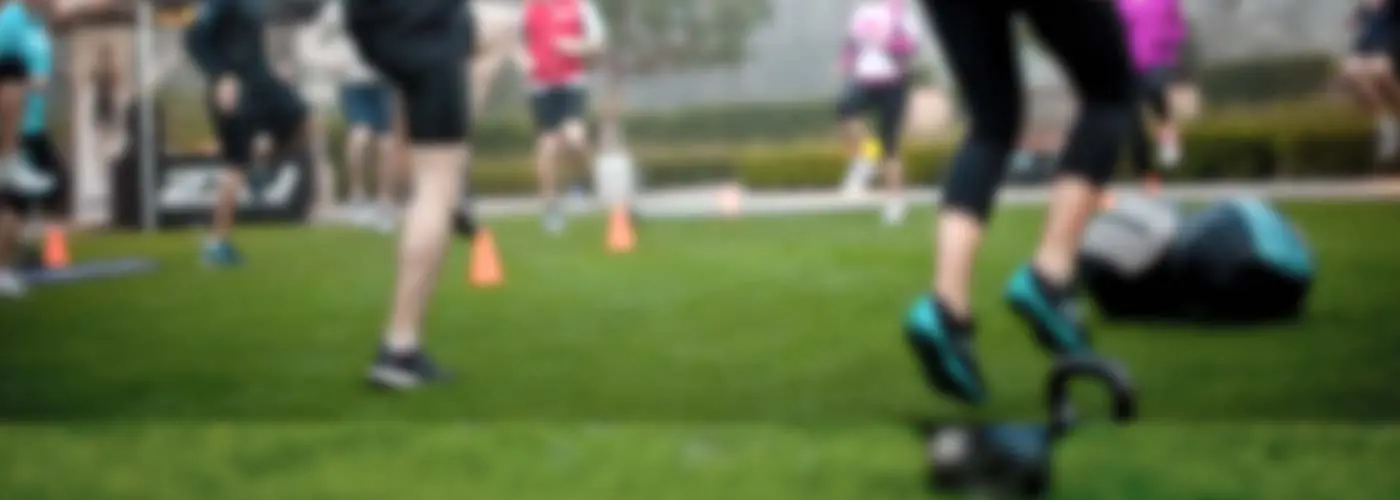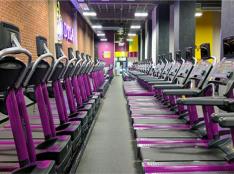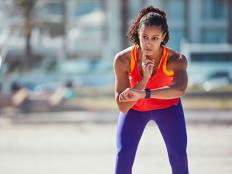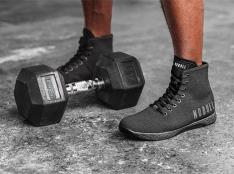Deadlifts—the perfect exercise to strengthen your back, hamstrings and glutes, yet the perfect exercise to screw up your back. The deadlift is a bend pattern, something we all do every day of our lives when we pick up a box, groceries from the trunk, or lift a child. It's a movement you do multiple times throughout the day. Since you perform this bending movement many times, performing a deadlift should be a easy, right? Wrong. Unfortunately, many of people do deadlifts with straight legs, which can cause major back injury.
More: The Diet Detective: Understanding Back Pain Relief and Prevention
Doing a straight-legged deadlift and rounding the upper back with no curvature in the low back can damage your lumbar spine, and give you a herniated disc. If the knees are locked then the brain will not recruit the gluteus maximus. Instead, the hamstrings and lumbar muscles will be over used. Also, when doing a deadlift with straight legs, you put a great deal of compression on the spine because the nucleus of the disc is pushed way back toward the spinal cord, which leads to a herniated disc.
Your knees should be slightly bent to utilize your gluteus maximus, not your low back. Besides, wouldn't you rather have a nice lifted butt than back pain?
More: Quiz: Do You Know Your Muscles?
Proper Form
Use these tips to perform a deadlift properly.
- To avoid injury be sure to bend your knees about 30 degrees.
- Bend down slowly towards your feet.
- Move back to standing position. Make sure your knees are still.
- Do not squeeze your shoulder blades together until the end of the movement.
- Make sure your back is straight and not rounded at the thoracic spine or upper part of the back.
- You should have a curvature at the lower part of your back as well and not flat.
- Your head should also be in alignment with your spine.
See how to do a deadlift properly by Dan Hellman:
More:6 Weightlifting Tips to Avoid Back Pain
 Stay in shape in a fitness class.
Stay in shape in a fitness class.
About the Author

Get ACTIVE on the Go


Couch to 5K®
The best way to get new runners off the couch and across the finish line of their first 5K.
Available for iOS | Android





Discuss This Article